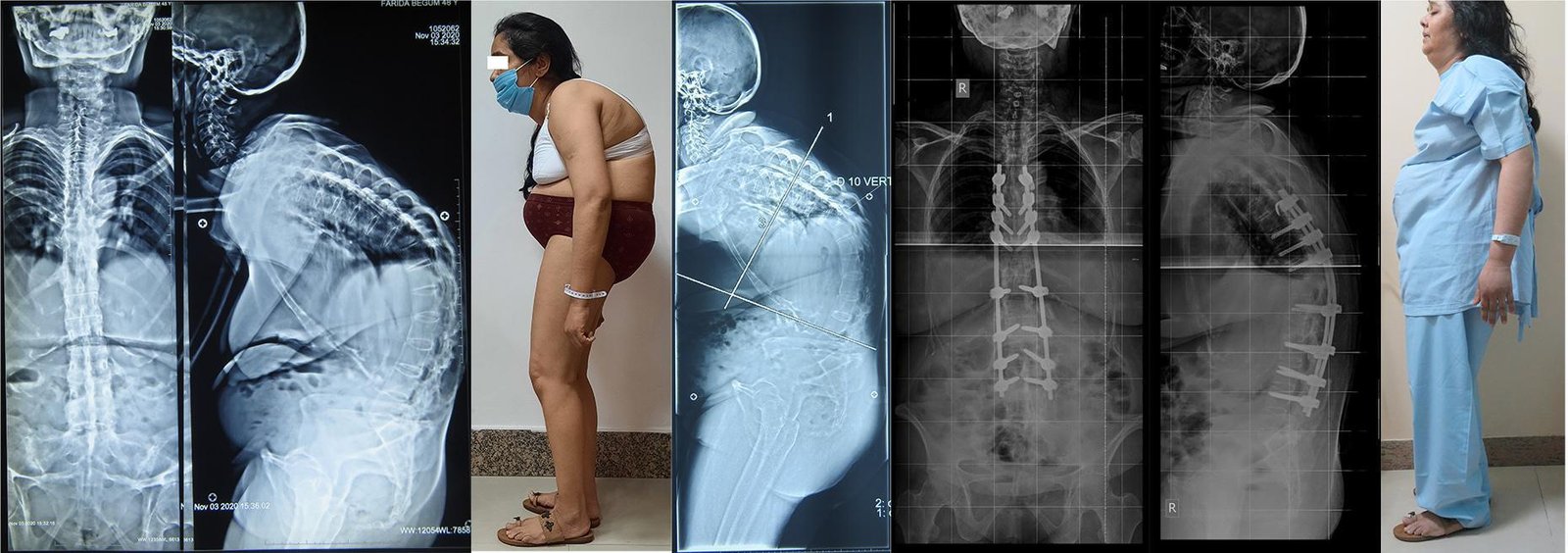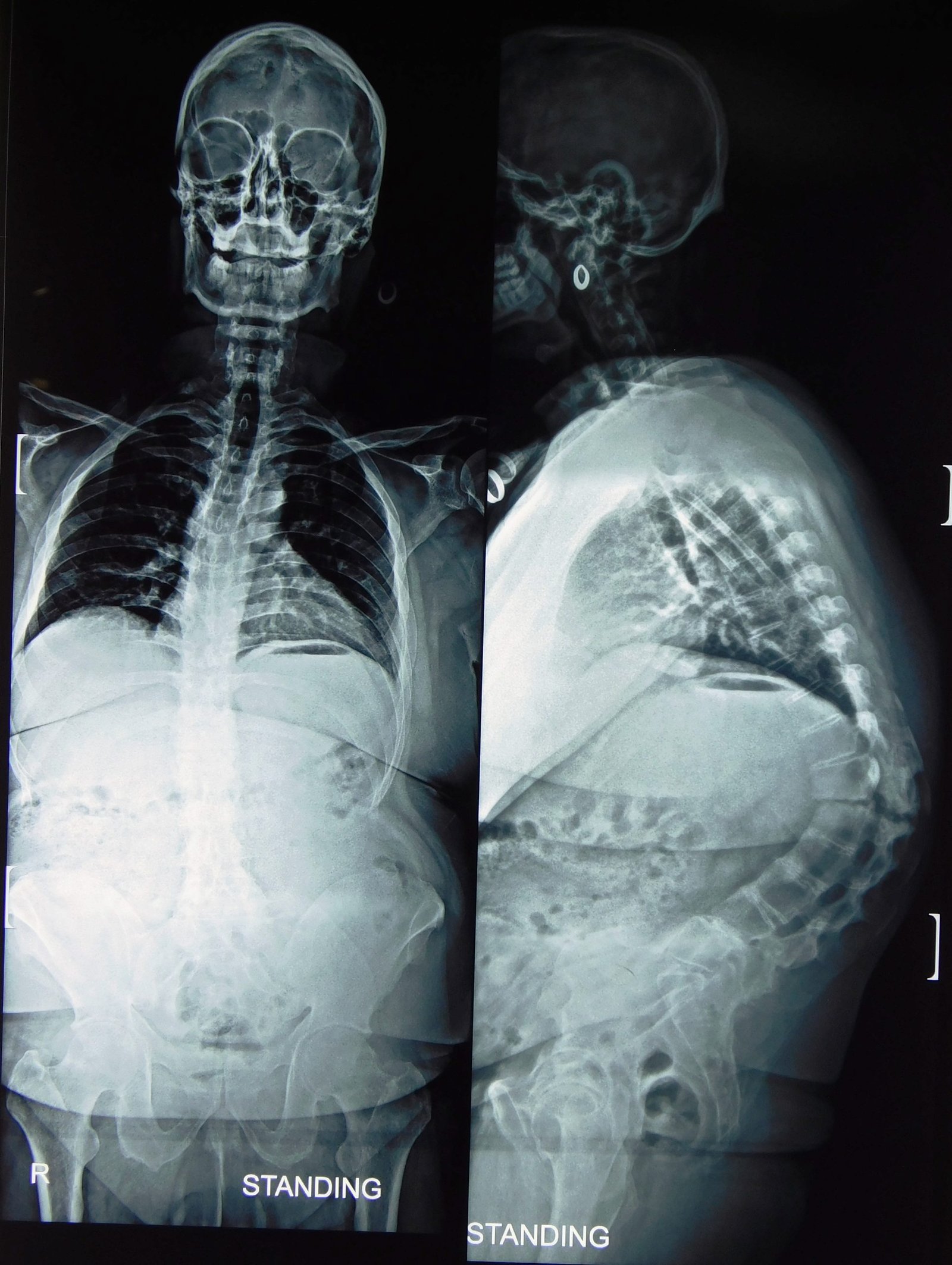

Treatments Available
1. Medications
-
Nonsteroidal anti-inflammatory drugs (NSAIDs) reduce pain and inflammation.
-
Biological medications like TNF blockers or IL-17 inhibitors can slow disease progression.
4 Surgery
In rare cases, joint replacement or spinal surgery may be needed if the condition causes severe deformity or pain.

Living with Ankylosing Spondylitis
Whether you live in a busy city or a rural village, managing AS is possible with these steps:
-
Stay Active: Movement is essential to keep your spine flexible.
-
Practice Good Posture: Use supportive chairs and avoid slouching.
-
Seek Regular Care: Consult a spine expert like Dr. Shankar Acharya to monitor your condition.


